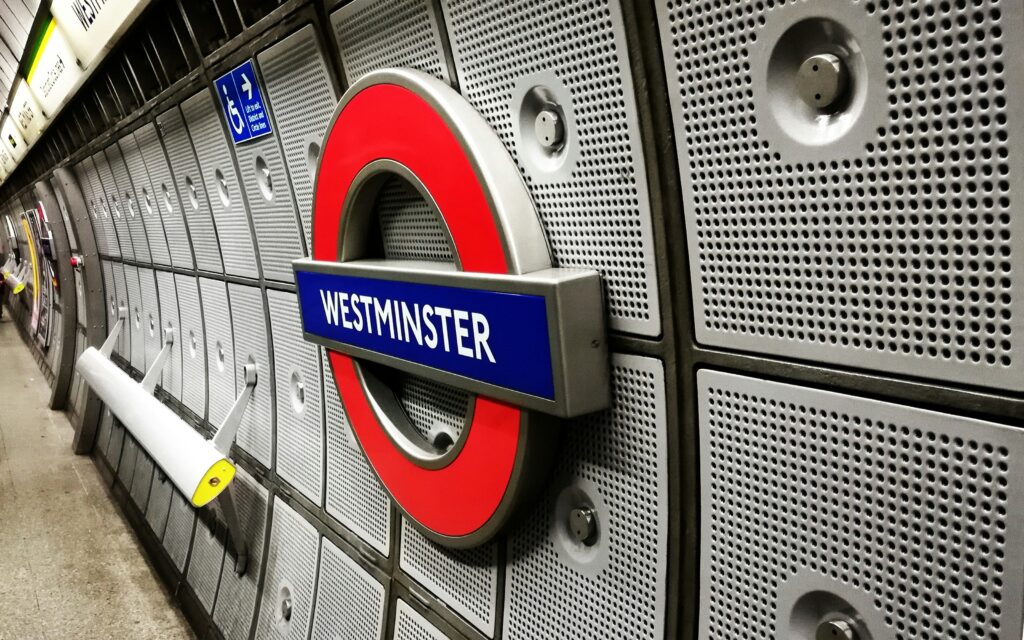A sudden power glitch disrupted London’s Underground network during Monday’s evening rush hour, leaving thousands of commuters stranded across the capital. The outage, which began in south London around 4:30 PM, halted three Tube lines entirely and caused serious delays on six others, according to Transport for London (TfL).
Although the interruption lasted only a few minutes, its impact was felt immediately. Central London stations were temporarily closed, triggering long queues, packed platforms, and travel frustration for passengers on their way home.
What Caused the Outage?
Transport for London confirmed that the incident stemmed from a brief loss of power affecting parts of its network. Claire Mann, Chief Operating Officer at TfL, explained, “A sudden drop in electrical supply triggered an automatic safety shutdown on several lines. Our teams are working quickly to return all services to full operation.”
The National Grid later clarified that the glitch was linked to a fault in its central London transmission system. While the technical issue was resolved in seconds, it disrupted the real-time control of trains and signaled delays across multiple lines.
A TfL spokesperson added, “The disruption began in south London and lasted only a few minutes, but its impact extended across the entire network due to how interconnected our systems are.”
Lines Affected and Commuter Impact
The Bakerloo, Victoria, and Jubilee lines were brought to a complete stop, while other routes—including the Northern, Central, and District lines—operated at limited capacity. Passengers reported overcrowded platforms, unclear service updates, and extended wait times across multiple stations.
Sarah Benson, a commuter from Clapham, said, “There were no trains for at least 20 minutes. Then we were told to leave the station. People were rushing to buses and ride shares. It was chaos.”
Transport staff were deployed at key stations to assist passengers and manage foot traffic as services were gradually restored through the evening.
Infrastructure Concerns Grow Amid Repeat Failures
This marks the second major infrastructure-related disruption in London in just a few weeks. In April, a fire at a substation in west London caused a citywide blackout, including a significant outage at Heathrow Airport that grounded flights for several hours.
Monday’s event has reignited debate about the reliability of the city’s aging power and transport systems. Experts say that London’s infrastructure may require urgent upgrades to withstand growing demand and prevent cascading failures.
James Cartwright, a transport systems analyst, noted, “Even a small failure in the power grid can lead to major disruptions. The systems are tightly integrated. If one component goes down, the effects ripple quickly.”
TfL and National Grid Monitoring for Further Issues
By 9:00 PM on Monday night, most Underground services had resumed, though delays persisted on some lines into Tuesday morning. Maintenance and monitoring crews from both TfL and the National Grid remained active through the night to ensure network stability.
TfL urged passengers to check live updates before traveling and recommended using alternative transport options where necessary.
In a public update, TfL stated: “We sincerely apologize to all passengers affected by today’s outage. Our focus remains on restoring full service and preventing future disruptions.”
Londoners Call for Resilient Transit Infrastructure
The brief but widespread power issue has sparked renewed public concern. With millions relying daily on the London Underground, calls for a more resilient, modernized system are growing.
As London prepares for major summer events and increased tourism, city officials may face rising pressure to invest in critical upgrades to its electrical and transport infrastructure.


